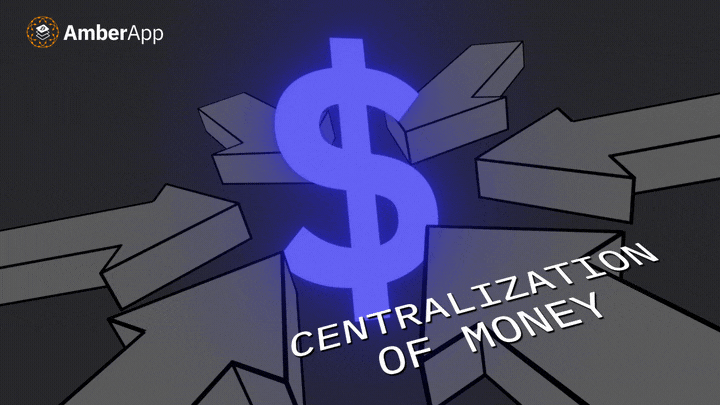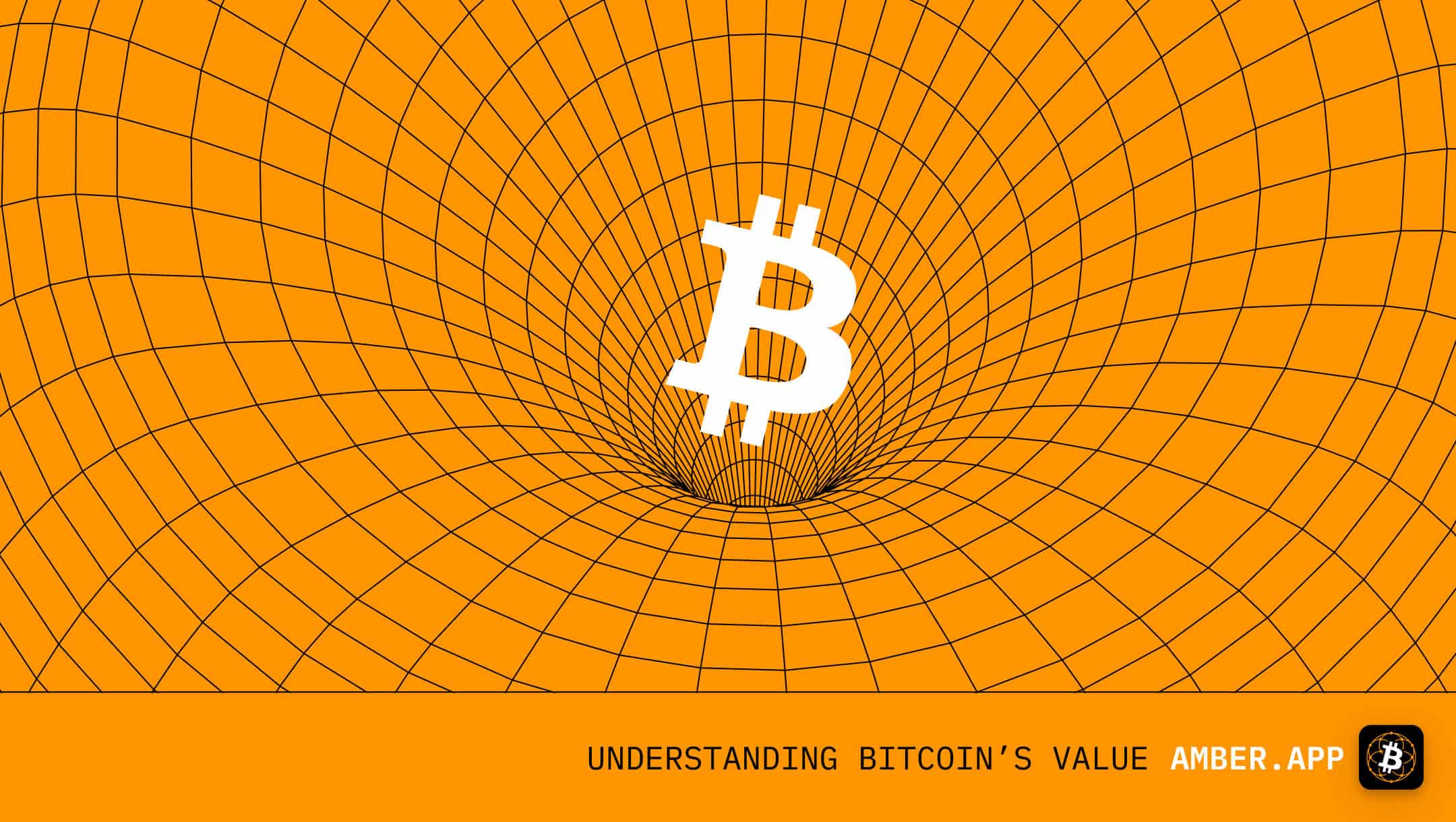Money is an integral part of human civilisation. It has witnessed a fascinating evolution shaped by historical events that gradually centralised its control. This centralisation unfolded through various mechanisms, including the consolidation of banking systems, the ascendancy of centralised government authority over currency, and the emergence of international monetary institutions.
The Early Days: Commodity Money
In its nascent stage, money took the form of commodity money, such as gold and silver. European monarchs during the medieval period implemented a silver-based currency system, using it for trade and paying their soldiers.
Paper Money: The Game Changer
The Song Dynasty’s invention of paper money in ancient China (11th century) marked a pivotal moment in monetary history. While it enhanced convenience and efficiency in commerce over space, its various risks included counterfeiting, inflation, and facilitated governmental control over the money supply.
Banking and Fractional Reserves
The 17th century saw the emergence of banks as significant financial players. Banks introduced paper money in the form of banknotes, usually backed by gold or silver reserves. The introduction of fractional reserve banking further accelerated artificial money creation.
Central Banks Take the Stage
In 1694, the Bank of England became the world’s first central bank, focusing on stabilising the currency and acting as a lender of last resort during financial crises. In 1913, the United States established the Federal Reserve System, granting it substantial control over the money supply.
The Bretton Woods Era
The Bretton Woods Agreement of 1944 brought forth the modern international monetary system. It anointed the US dollar as the world’s reserve currency, requiring other nations to hold US dollars as reserves. The US dollar was also pegged to gold at a fixed rate of $35 per ounce, further cementing its global dominance.
The Nixon Shock
The turning point arrived in 1971 with the Nixon Shock, which dismantled the Bretton Woods System. This move severed the US dollar’s convertibility to gold and empowered the US government to print money without tangible asset backing. The motive was to fund costly endeavours like the Vietnam War and the Great Society programs.
The Consequences
This surge in money printing led to a considerable increase in the money supply, sparking runaway inflation. In the late 1970s, US inflation rates reached double digits, necessitating measures like interest rate hikes in an attempt to regain control.
The concept of the debt ceiling, supposedly limiting government borrowing, became an illusion. Repeatedly raised over the years, it has effectively become a political tool rather than a genuine constraint. Governments can perpetually borrow more and more money simply by printing it.
The Risk of Confidence Erosion
The mirage of the debt ceiling poses a significant risk. If (when) investors lose faith in the US dollar’s ability to meet its obligations, they may demand higher interest rates to offset perceived risks. This could trigger a perilous cycle of soaring borrowing costs, increased inflation, and a weakened US dollar.
Lessons from History
History provides stark examples of currency collapses. The early 20th century witnessed hyperinflation in Germany, Hungary, and Austria following the demise of the gold standard. Factors like excessive borrowing, warfare, and political turmoil converged, leading to societal unrest and economic catastrophe for everyday people.
Conclusion
The centralisation of money has unfolded through a complex web of historical events. Among these, the Nixon Shock stands as a watershed moment. This pivotal event effectively decoupled the US dollar from its gold anchor, granting unchecked power to print money. The consequences of this decision have been profound, giving rise to rampant inflation and the often illusory notion of the debt ceiling – a fiscal constraint that has been repeatedly stretched. This precarious situation poses a considerable risk to the current monetary system, especially if investor confidence and trust in the US dollar were to waver.
In this context, it’s crucial to reflect on the lessons of history. We are reminded of the paramount importance of prudent monetary policy, one that steers clear of money creation out of nothing. Responsible government borrowing, likewise, assumes a critical role in maintaining the integrity of our economic foundations.
Enter Bitcoin
Thankfully there is Bitcoin. Unlike traditional currencies susceptible to centralised control and unchecked inflation, Bitcoin offers the world a unique proposition. Its decentralised nature, governed by a distributed network of users rather than a central authority, makes it impervious to government manipulation. Bitcoin operates on a fixed supply schedule, capped at 21 million coins, ensuring that it remains resistant to the kind of inflation that has plagued fiat currencies.
Furthermore, the transparency of Bitcoin’s blockchain technology ensures that every transaction is recorded and verifiable, minimising the risk of fraud and corruption. In a world where trust in traditional financial systems is eroding, Bitcoin offers a transparent and decentralised alternative.
As we reflect on the past and the challenges posed by centralised monetary systems, it’s worth considering the benefits of embracing Bitcoin. In a landscape marked by financial uncertainty and inflationary pressures, Bitcoin stands as a beacon of fiscal neutrality and responsibility, offering a path toward a more fair, resilient and decentralised financial future.
Learn More
Do you want to learn more about Bitcoin and why money matters? Click this link to keep reading. Download the AmberApp and start stacking sats in minutes.






